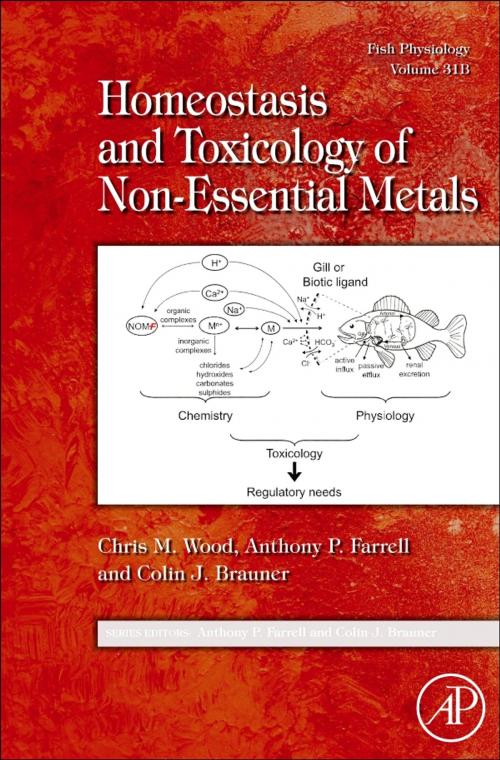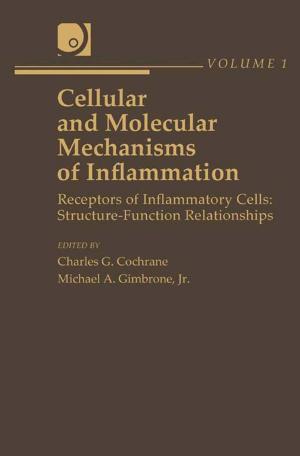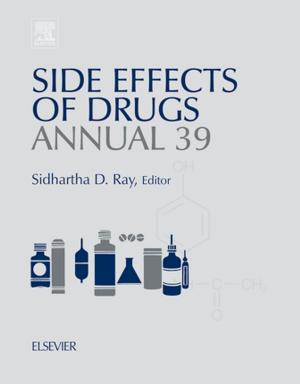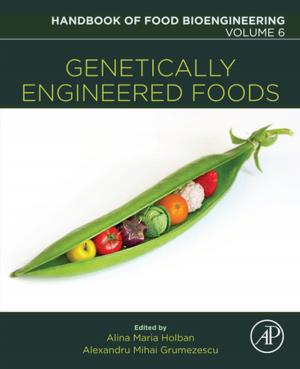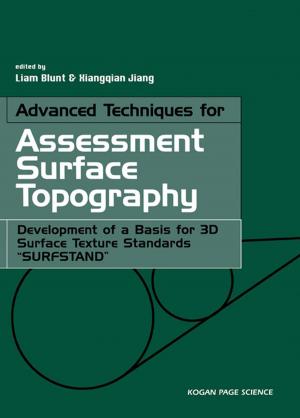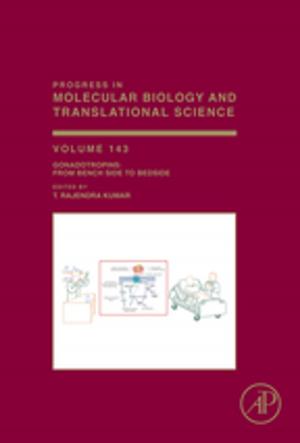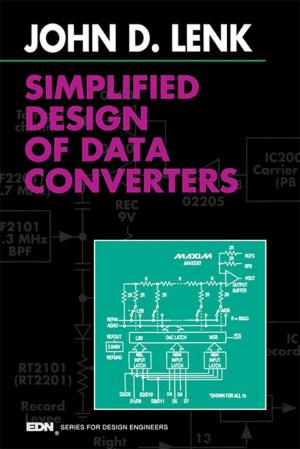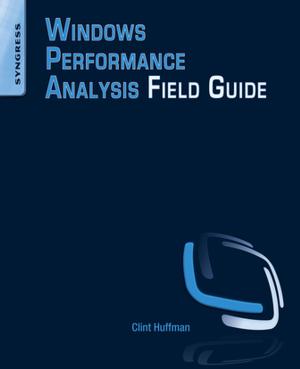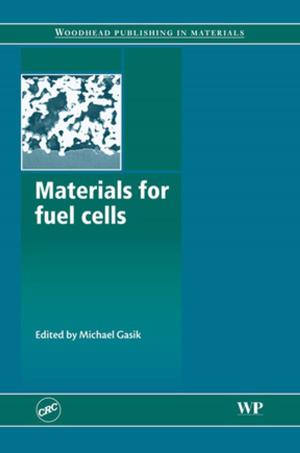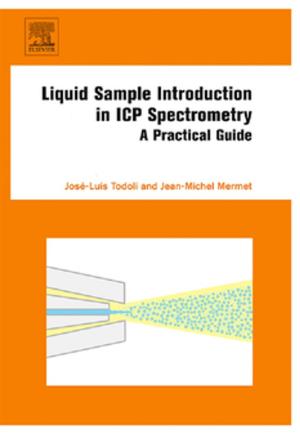Fish Physiology: Homeostasis and Toxicology of Non-Essential Metals
Nonfiction, Science & Nature, Technology, Fisheries & Aquaculture, Science, Biological Sciences, Physiology, Business & Finance| Author: | Chris M. Wood, Anthony P. Farrell, Colin J. Brauner | ISBN: | 9780123786357 |
| Publisher: | Elsevier Science | Publication: | July 1, 2011 |
| Imprint: | Academic Press | Language: | English |
| Author: | Chris M. Wood, Anthony P. Farrell, Colin J. Brauner |
| ISBN: | 9780123786357 |
| Publisher: | Elsevier Science |
| Publication: | July 1, 2011 |
| Imprint: | Academic Press |
| Language: | English |
Homeostasis and Toxicology of Non-Essential Metals synthesizes the explosion of new information on the molecular, cellular, and organismal handling of metals in fish in the past 15 years. These elements are no longer viewed by fish physiologists as "heavy metals" that kill fish by suffocation, but rather as interesting moieties that enter and leave fish by specific pathways, which are subject to physiological regulation. The metals featured in this volume are those about which there has been most public and scientific concern, and therefore are those most widely studied by fish researchers. Metals such as Ag, Al, Cd, Pb, Hg, As, Sr, and U have no known nutritive function in fish at present, but are toxic at fairly low levels.
The companion volume, Homeostasis and Toxicology of Essential Metals, Volume 31A, covers metals that are either proven to be or are strongly suspected to be essential in trace amounts, yet are toxic in higher doses. Metals such as Cu, Zn, Fe, Ni, Co, Se, Mo and Cr. In addition, three chapters in Volumes 31A and 31B on Basic Principles (Chapter 1, 31A), Field Studies and Ecological Integration (Chapter 9, 31A) and Modeling the Physiology and Toxicology of Metals (Chapter 9, 31B) act as integrative summaries and make these two volumes a vital set for readers.
- All major essential metals of interest are covered in metal-specific chapters
- Each metal-specific chapter is written by fish physiologists/toxicologists who are recognized authorities for that metal
- A common format is featured throughout this two volume edition
Homeostasis and Toxicology of Non-Essential Metals synthesizes the explosion of new information on the molecular, cellular, and organismal handling of metals in fish in the past 15 years. These elements are no longer viewed by fish physiologists as "heavy metals" that kill fish by suffocation, but rather as interesting moieties that enter and leave fish by specific pathways, which are subject to physiological regulation. The metals featured in this volume are those about which there has been most public and scientific concern, and therefore are those most widely studied by fish researchers. Metals such as Ag, Al, Cd, Pb, Hg, As, Sr, and U have no known nutritive function in fish at present, but are toxic at fairly low levels.
The companion volume, Homeostasis and Toxicology of Essential Metals, Volume 31A, covers metals that are either proven to be or are strongly suspected to be essential in trace amounts, yet are toxic in higher doses. Metals such as Cu, Zn, Fe, Ni, Co, Se, Mo and Cr. In addition, three chapters in Volumes 31A and 31B on Basic Principles (Chapter 1, 31A), Field Studies and Ecological Integration (Chapter 9, 31A) and Modeling the Physiology and Toxicology of Metals (Chapter 9, 31B) act as integrative summaries and make these two volumes a vital set for readers.
- All major essential metals of interest are covered in metal-specific chapters
- Each metal-specific chapter is written by fish physiologists/toxicologists who are recognized authorities for that metal
- A common format is featured throughout this two volume edition
